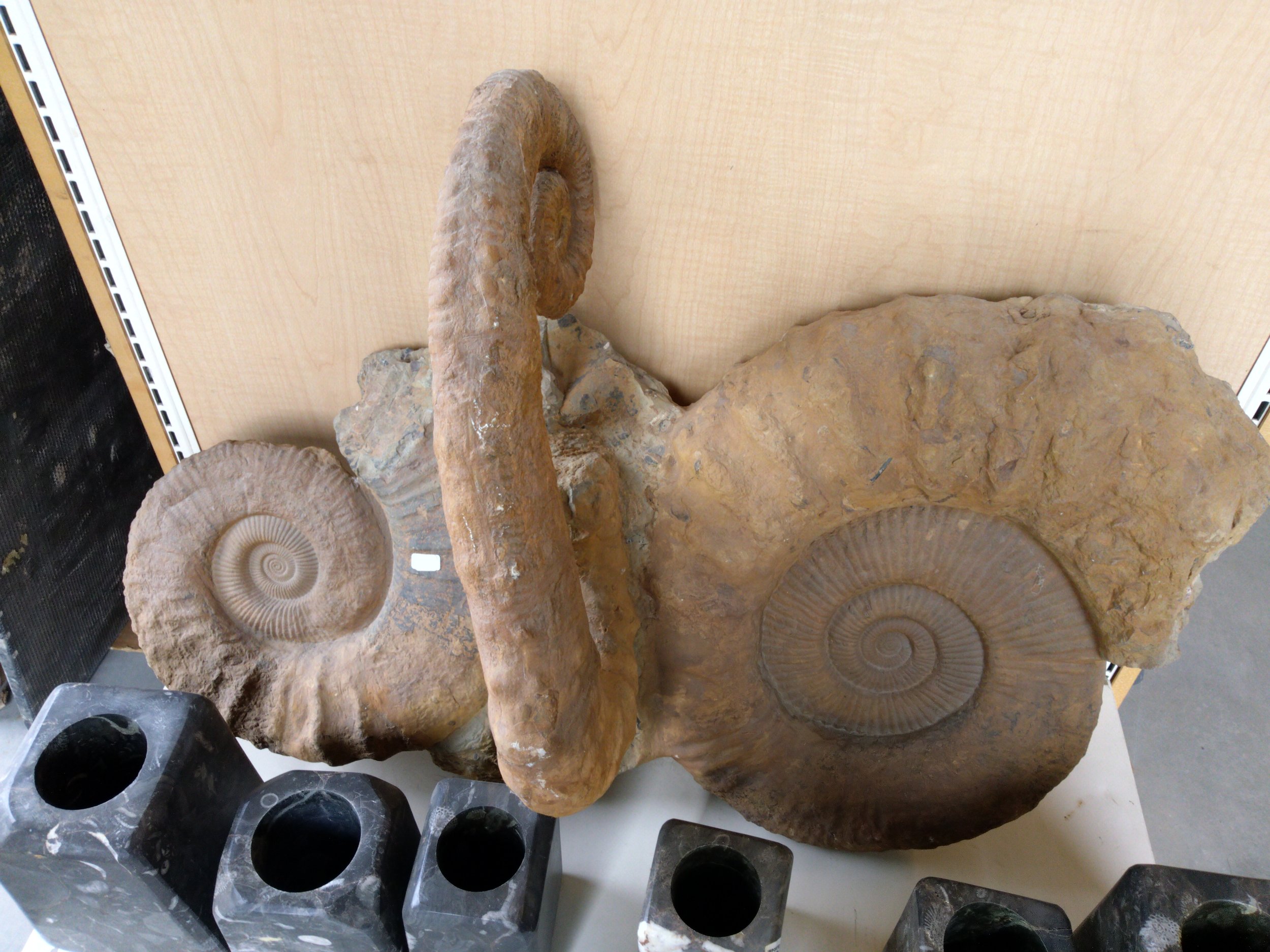In January, a couple of friends and I had the opportunity to drive out to Quartzite, AZ, for the day. Because we were coming from southern California, this meant driving through Joshua Tree and the Sonoran Desert. These are some photographs from the journey.
The trip began in one of Southern California's rare rainstorms, leaving the area at about 6am. I'm just glad I wasn't driving. Long-haul driving on limited sleep makes the brain not work.
It doesn't help that I'm highly succeptible to pressure differentials and start to not be able to focus or see, sometimes when pressure gets high enough. As a passenger, I can let myself space out a bit and watch the pretty snow-capped mountains.
I'm not quite sure, definitively, where these last three shots were taken, as I had been asleep for a while, but going from topographical maps of the area and what I remember seeing I believe these are images of San Gorgonio Mountain and surrounding foothills.
I have deduced the previous data, largley because this image was geotagged to the San Gorgonio Pass Wind Farm.
It is difficult to identify these plants, from the photographs alone, but the central tree and a few others in this shot appear to be examples of the Blue Palo Verde tree (Parkinsonia florida or Cercidium floridum, syn.) (1).
I’m rather proud of getting this shot, through the windshield of a moving car.
The day's first sighting of clear, blue sky.
It does what it says on the tin. We entered Arizona, making it the first time in twenty-one years that I'd been in the state.
I’m even more proud of this shot, as it’s taken out the passenger side window of a moving car… On my phone. :)
We started seeing saguaro cacti (Carnegiea gigantea), around this time.
Now entering Quartzite.
One of the vendors was selling shark teeth, mostly fossilized, but some not. This was the display for part of it.
It looks a bit like a version of Jupiter that had a run in with either a Doctor Who villain or a Death Star malfunction. I like it.
Even the Genie made an appearance... Well, his vest did, at any rate.
These are fossilized echinoderms, called Crinoids. They are invertebrate animals, related to starfish, brittle stars, sea cucumbers, sea urchins, and sand dollars. Due to their plant-like appearance, they are called “sea lilies.” Until they were found in the deep sea off the coast of Norway, they were thought to be extinct, but living examples have been discovered. Apparently, this particular specimen is the species scyphocrintes, from Erfud in S.E. Morocco. It dates from the Ordovician period, approximately 460 million years ago. (2,3)
This is a large trilobite. 600 distinctive species are classified as trilobites and though they first appear in the fossil record during the Cambrian period, 521 million years ago, they were already prevalent creatures. Their fossil presence continues through the Devonian period to the Permian mass extinction, 250 million years ago, where they eventually disappear from the record entirely. They are highly related to horseshoe crabs. (4)
This is a piece of petrified peanut wood, from Australia. Peanut wood is a variety of drift wood. The inclusions and white patterning come from water-borne mineral deposits due to the piece being drift wood.
This was another one of the items for sale. You can see some of the ammonites in the strata (the spiral shells), and one of the
These are a trilogy of ammonites. If I remember right, the large one on the right side was about three feet tall.
These are examples of cephalpods, namely black Orthoceras.
This was being advertised as “A fossil from Las Vegas, called ‘Vegasite.’” If it’s not immediately evident, this bit of strata and cement is populated by casino tokens in various states of decomposition and corrosion.
This was a tree made of copper and glass in the middle of one of the shop encampments.
The foreground’s a blur as we were starting to drive back, but a few saguaro cacti are visible in the background.
I hope you all are having a lovely day. Happy travels.
Till next time,
Kate
Sources:
Joshua Tree: http://www.highplainsgardening.com/joshua-tree-national-park-plant-lovers-paradise
Crinoids: https://en.wikipedia.org/wiki/Crinoid
Crinoid Fossil: https://www.fossilera.com/pages/about-crinoids
Trilobite Fossil: https://www.fossilera.com/pages/about-trilobites
All photographs are mine.



























